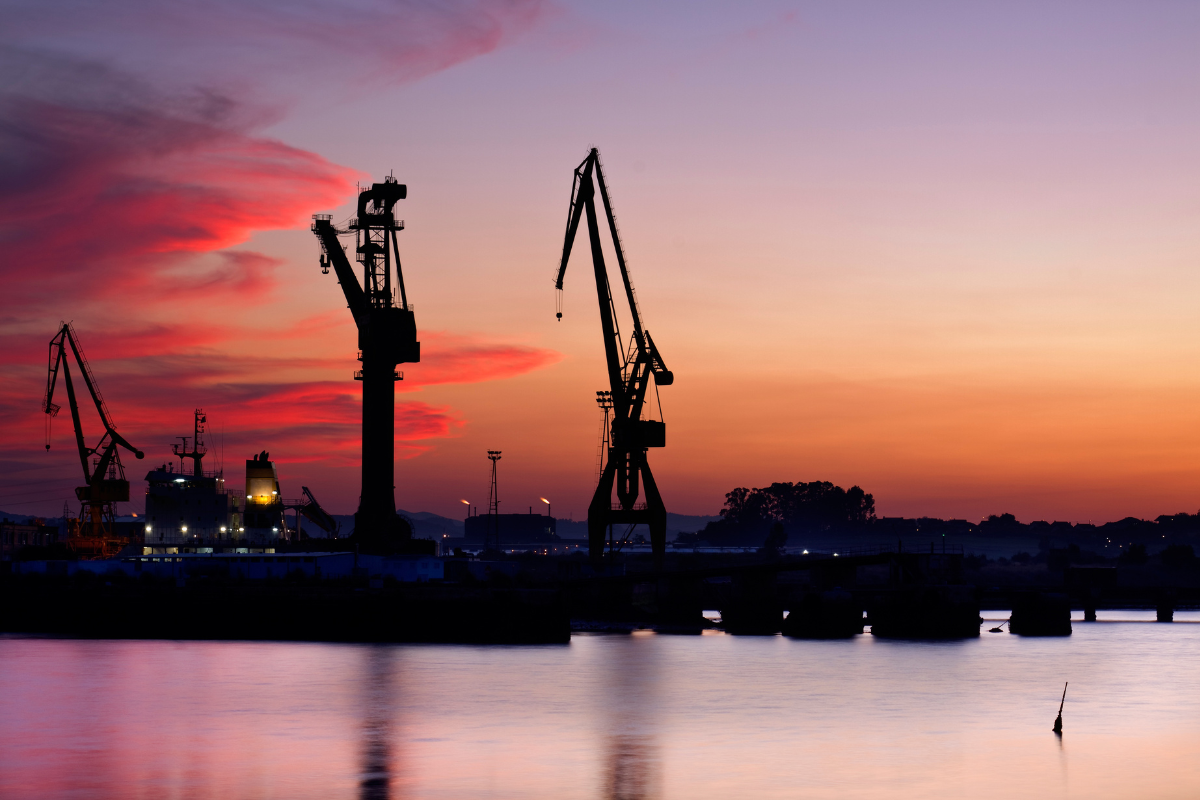Pre-drydocking inspections are an essential step in the drydocking process. By identifying potential problems before the vessel enters the drydock, shipowners and superintendents can avoid unnecessary delays, unexpected costs, and major repairs. In this post, we’ll explore the critical role that thorough inspections play in saving money and ensuring a smooth drydocking process.
1. Early Detection of Hidden Issues
A thorough pre-drydocking inspection helps uncover issues that might not be visible on the surface but could become major problems during the drydocking process. These could include issues such as corrosion, structural damage, or equipment malfunctions. Identifying these problems early allows you to address them before they become costly repairs or cause significant delays.
Key Areas to Consider:
- Inspecting the hull for hidden corrosion or cracks.
- Checking the condition of propulsion systems and other critical machinery.
- Verifying that all safety and environmental compliance systems are functional.
Impact on Drydocking:
By addressing potential issues early on, you avoid the risk of discovering them once the vessel is already in the drydock, which could lead to extended repair time and additional costs.
2. Accurate Budgeting and Planning
Pre-drydocking inspections provide a realistic understanding of the work required, allowing shipowners to create a more accurate budget and timeline. A clear picture of necessary repairs means that you won’t be caught off guard by unforeseen issues that could increase your drydocking costs.
Key Areas to Consider:
- Creating a comprehensive repair specification document based on inspection findings.
- Allocating sufficient funds for both anticipated and potential repair work.
- Adjusting timelines for repairs that may take longer than initially expected.
Impact on Drydocking:
Accurate budgeting ensures that you are prepared for both expected and unexpected costs, avoiding the stress of finding additional funds or rescheduling during the drydocking process.
3. Minimizing Unnecessary Repairs
While drydocking is an opportunity to perform necessary maintenance, it can also lead to unnecessary repairs if inspections are not thorough. Sometimes, shipowners or shipyards may recommend repairs that are not immediately needed, or they may miss minor issues that later escalate into larger problems. Thorough pre-drydocking inspections ensure that you only address the problems that truly need fixing.
Key Areas to Consider:
- Verifying the necessity of proposed repairs.
- Differentiating between urgent repairs and maintenance that can be postponed.
- Ensuring that only critical work is performed to avoid unnecessary expenses.
Impact on Drydocking:
Avoiding unnecessary repairs can help reduce costs and prevent overworking the vessel, leaving it in better condition post-drydocking.
4. Enhancing Safety and Compliance
A pre-drydocking inspection is the perfect opportunity to review the vessel’s safety and regulatory compliance. By ensuring that your vessel meets all industry standards and environmental regulations before entering drydock, you reduce the risk of non-compliance fines or issues that could delay the drydocking process.
Key Areas to Consider:
- Ensuring all safety equipment is functional and compliant with regulations.
- Verifying that the vessel meets environmental standards, including waste management and emissions.
- Reviewing emergency systems to ensure they are operational.
Impact on Drydocking:
Being proactive about safety and compliance saves time and money by preventing regulatory issues and potential delays during drydocking.
5. Improving Overall Drydocking Efficiency
A comprehensive pre-drydocking inspection also boosts the overall efficiency of the drydocking process. With all major issues identified upfront, both the shipyard and the vessel’s crew can focus on repairs and maintenance that are necessary, minimizing time spent troubleshooting problems that could have been identified earlier.
Key Areas to Consider:
- Streamlining the drydocking process with a clear, pre-identified repair plan.
- Reducing delays by ensuring that the vessel is ready to be worked on as soon as it enters the drydock.
- Improving communication between the shipyard and the vessel’s crew.
Impact on Drydocking:
By identifying and addressing potential issues before drydocking, you can ensure that the project runs smoothly and on time, saving both time and money.
6. Avoiding Unexpected Downtime
Unplanned downtime during drydocking can have a huge financial impact on a shipowner’s bottom line. Whether it’s waiting for parts, additional repairs, or dealing with issues that could have been addressed beforehand, unexpected downtime causes operational delays and missed revenue opportunities. Pre-drydocking inspections help minimize these surprises by ensuring everything is accounted for.
Key Areas to Consider:
- Preparing for any parts or equipment that need to be ordered before drydocking.
- Identifying any parts or machinery that are near the end of their lifespan and require immediate attention.
- Setting realistic repair timelines to avoid extended downtime.
Impact on Drydocking:
Reducing downtime allows the vessel to get back into service faster, which means you can avoid lost earnings due to extended drydocking periods.
Conclusion
Pre-drydocking inspections are a crucial step in ensuring that the drydocking process runs smoothly, efficiently, and cost-effectively. By identifying potential issues early, creating an accurate budget, avoiding unnecessary repairs, and ensuring compliance, shipowners can save time and money during drydocking. Thorough inspections provide peace of mind and help ensure that your vessel is back on the water as soon as possible, ready for its next mission.



